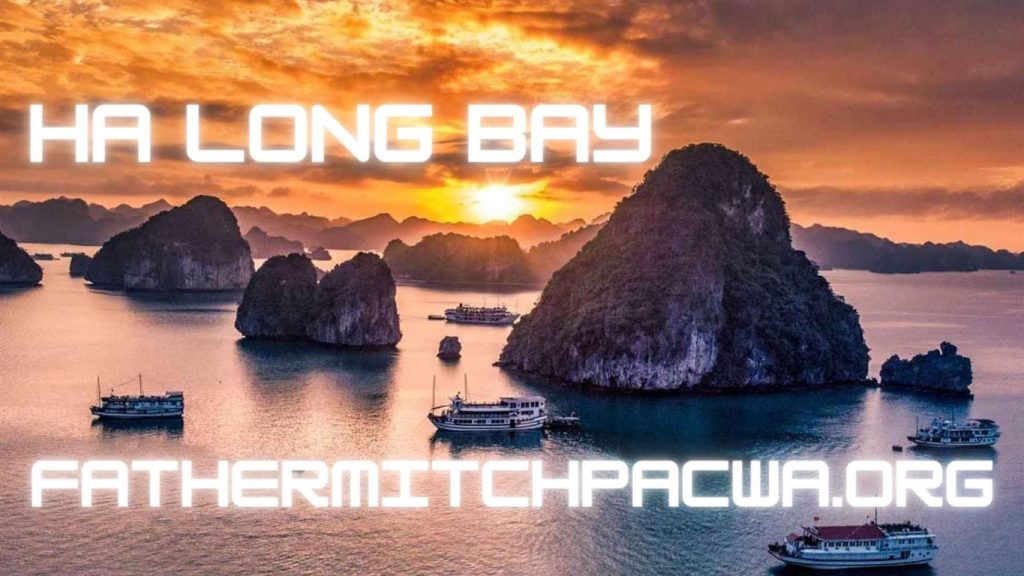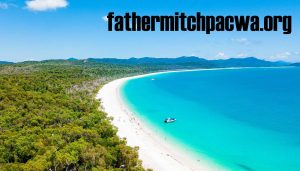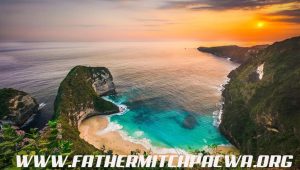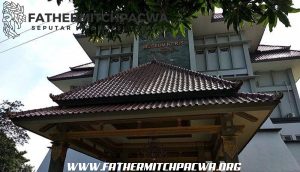Ha Long Bay: Vietnam’s Timeless Beauty

ha long bay
Introduction Ha long bay
Nestled in the Gulf of Tonkin in the northern region of Vietnam, Ha Long Bay is a mesmerizing landscape of emerald waters and thousands of towering limestone islands draped in rainforests. Designated as a UNESCO World Heritage site in 1994, Ha Long Bay has, over the years, become one of Southeast Asia’s premier travel destinations. Here’s a deep dive into this stunning natural wonder.
The Legend of Ha Long Bay
The name “Ha Long” translates to “descending dragon.” According to local legend, during ancient times when Vietnam was newly formed, they faced invaders from the north. To protect the Vietnamese, the gods sent a family of dragons which, instead of spewing fire, spat out jewels and jade. These turned into the islands and islets dotting the bay, forming a formidable fortress against invaders. After the war, the dragons chose to peacefully reside in the bay, hence the name.
Geographical Marvel
But Ha Long Bay spans an area of around 1,553 square kilometers and is dotted with nearly 2,000 limestone karsts and isles in various shapes and sizes. These formations have undergone 500 million years of formation in different conditions and environments.
Biodiversity
But The bay is home to a myriad of ecosystems, including tropical evergreen biosystem, oceanic, and seashore biosystem. Ha Long Bay holds 14 endemic floral species and 60 endemic faunal species, making it a unique hotspot of biodiversity.
Local Life
For generations, local communities have survived by fishing in these waters. The floating villages in Ha Long Bay are a testament to the resilience and adaptability of the Vietnamese people. Visiting these villages, travelers get a glimpse of the traditional lifestyle and culture of the fisherfolk who live in houses floating on the bay.
Activities and Attractions
- Cruising: Cruises are popular and varied, ranging from budget to luxury, offering tourists breathtaking views of the bay’s landscapes.
- Caving: Some of the islands feature phenomenal caves. Sung Sot and Dau Go are among the most renowned, with incredible stalactites and stalagmites.
- Hiking and Rock Climbing: For adventure enthusiasts, some islands offer excellent trekking and rock-climbing experiences.
- Cat Ba Island: The largest island in the bay, Cat Ba is half covered by a national park, where the endangered Cat Ba langur resides.
Conservation Efforts
Given its importance, both ecologically and culturally, conservation efforts are ongoing. While tourism has provided a steady stream of revenue, ensuring that it does not negatively impact the bay’s ecosystem is crucial.
When to Visit
The best time to visit this place is during spring (February to April) and fall (October to December). During these periods, the weather is cooler and less humid, with fewer tourists, ensuring a serene experience.
Conclusion Ha long bay
Ha Long Bay isn’t just a vietnam destination; it’s an experience. It’s where legends come to life, where every sunrise feels like a painting, and where the waters hide mysteries of ages past. If there’s one place in Vietnam that encapsulates the essence of the country’s natural beauty, it has to be Ha Long Bay. Whether you’re an adventure junkie, a nature lover, or simply someone seeking serenity, Ha Long Bay has something to offer.







